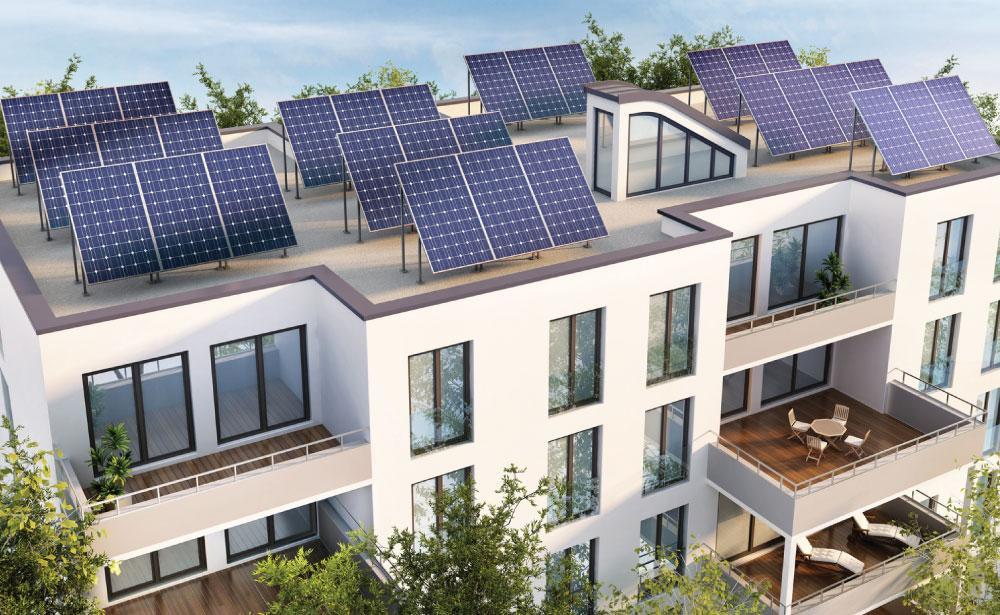This is an article highlighting the ever increasing electricity costs vs the declining solar clean energy costs.
South Africans are no strangers to the growing financial strain caused by rising electricity prices. Over the years, the cost of power from Eskom, the nation’s primary electricity supplier, has surged dramatically, impacting households and businesses alike. Let’s delve into the history of electricity price hikes, explore the reasons behind them, and consider the outlook for the future.
The History of Electricity Price Increases
Eskom’s electricity tariffs have escalated significantly over the past decade. Between 2008 and 2022, electricity prices rose by more than 500%, far outpacing inflation and wage growth. This sharp increase has left many South Africans struggling to keep up with their electricity bills.Several factors have contributed to this trend:
- Aging Infrastructure: Eskom’s coal-fired power plants are outdated and costly to maintain, leading to higher operational expenses.
- Debt Accumulation: Eskom’s mounting debt—which stood at R423 billion in 2023—has necessitated higher tariffs to service interest payments.
- Load Shedding and Maintenance Costs: Frequent load shedding requires extensive maintenance and emergency solutions, adding to costs.
Future Price Increases Outlook
Unfortunately, the outlook for electricity prices in South Africa remains grim. According to the National Energy Regulator of South Africa (NERSA), tariffs are set to increase by 18.65% in 2024. The key drivers include:
- The need to reduce Eskom’s debt burden.
- Rising global coal prices.
- Investments in renewable energy and grid upgrades.
The Impact on Households and Businesses
For South Africans, these price hikes mean reduced disposable income and higher costs of living. Businesses face increased operational costs, which often translate to higher prices for consumers. To navigate this challenging landscape, many are turning to alternatives like solar power, which we’ll explore in our next blog post.
References:


